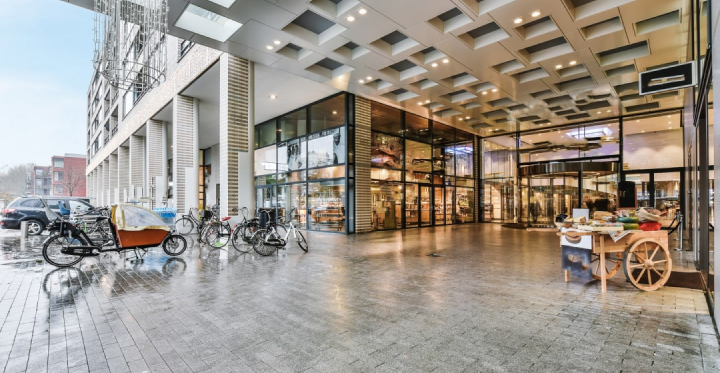Foot traffic is one of the most important metrics for any business. Depending on how sophisticated the data is, it can provide you with detailed insights to things like how well your marketing campaigns are working, how well your store is performing compared to other locations in your network, which visual merchandising layouts are most effective and more. In the points below, we’ll walk you through how to measure foot traffic in store and what to do with the resulting data.
What is foot traffic and why measure it?
The term “foot traffic” refers to the number of people passing through a store. Measuring foot traffic can give you an indication of how popular your store is and how well it is doing. It can also help you to identify patterns in customer behaviour, such as busy times of the day or week.
How to measure foot traffic in store
There are a few different ways to do this. One way is to use a physical counting device, such as a clicker counter. This method is best for businesses with high traffic volume and can be done manually or automatically.
Another way to measure foot traffic is through video analytics, which uses cameras to track how many people enter and exit the store. This method is best for businesses with lower traffic volume, however it can also be more expensive.
Once you’ve collected your data, it’s important to analyse it to see what trends are emerging. For example, if you notice that foot traffic is significantly higher on weekends, you may want to adjust your staffing levels accordingly. You can also use foot traffic data to track the success of marketing campaigns or events. If you see a spike in foot traffic after running a new ad campaign, you know it was successful!
What can you do with the information gathered from your foot traffic analysis?
- Find out which days and times are the busiest and adjust your staffing schedule accordingly
- Look for patterns in customer behaviour (for example, do you see more foot traffic on days when you offer a sale?)
- Use data from other sources, such as sales data, to see if there is a correlation between foot traffic and sales
By understanding how customers move through your store, you can make changes that improve the customer experience and increase sales. The Kepler Retail Sales Improvement System is specifically designed for this very purpose; allowing retailers to increase sales conversion, enhance customer satisfaction and lower operating costs across their entire retail network.
Via easily installed retail traffic sensors, the Kepler System allows you to count not just the volume of people entering your store, but also accurately measure shopfront and fitting room conversion rates too.
When paired with the Kepler Retail Analytics dashboard, these foot traffic sensors allow you to monitor and optimise individual store performance in real-time. Whether your motives are centred around store operations, merchandising, site evaluation, AB testing or otherwise – Kepler serves as a comprehensive companion to enhancing your customers’ in-store experience.
Request a demo
Trial the Kepler System for your store today.




